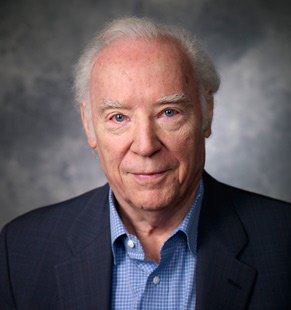
Translation and Academic Promotion and Tenure
by Rainer Schulte
Historically speaking, the translator has been an invisible figure in the transmission of literary texts. However, the advent of translation studies in the mid 20th century has made the translator highly visible as a co-creator in the world of letters. For quite some time now, creative writing has been recognized as an academic activity that is comparable to scholarship, and the art and craft of translation can be considered a fusion of creative writing and scholarship.
Therefore, universities should recognize serious work in literary translation as a legitimate form of research in the evaluation of faculty members for promotion and merit increases.
Translation research has had a major impact on the revitalization of scholarship in literary studies. The specific kind of scholarship that the translator brings to the interpretation and the transplantation of texts from other cultures into English reveals that the translator undertakes a much more rigorous interpretive reading of a given text. Translation is an exacting art that demands philological precision, minute knowledge of historical contexts, and a nuanced sense of style in both the source language and the receptor language. Translators cannot stop at merely understanding a literary work, they must move toward a complete reconstruction of the original source-language text in the new language: they must create a similar reading experience through the possibilities of the English language. The process of translation and the process of literary criticism for any work written in a language other than English are inseparable: to wrestle with the challenge of finding the best English equivalent, phrase by phrase and sentence by sentence, is one of the most intense ways to come to terms with the complexities of meaning and aesthetic form of any literary text. In many instances, this labor of critical understanding results in annotations and introductory essays attached to the translation, but even when it does not, a translation of a literary work that aspires to adequacy represents the fruition of one of the most challenging enterprises of rigorous literary inquiry.
The recognition of the translator’s work has increased dramatically in American universities during the last two decades. Universities are increasingly supporting courses and workshops in literary translation. Literary history confirms that from Dryden to Derrida there has been a continuous thinking about the theoretical implications of translation.
Translation brings together all the critical skills of the scholar and all the creative skills of the writer. Therefore, translation ought to be accorded the same status as other publications in determining rank, tenure, and salary in universities. Translation is the product of informed scholarly research, critical interpretation, and creative reconstruction. All too often, the nature and amount of scholarship required to produce a literary translation is overlooked. Like the scholar engaged in establishing the authoritative text of a work, the translator must examine the various contexts within which both the author and the text exist. The translator must engage in research that places the text in the cultural, historical, and aesthetic context of its time and also in the context of an author’s entire oeuvre.

About the Author
Rainer Schulte is the editor of Translation Review. He is the founder of the Center for Translation Studies at The University of Texas at Dallas and co-founder of the American Literary Translators Association.